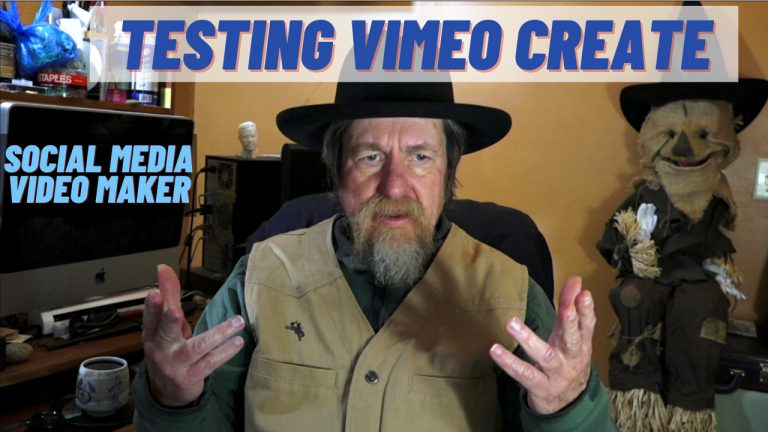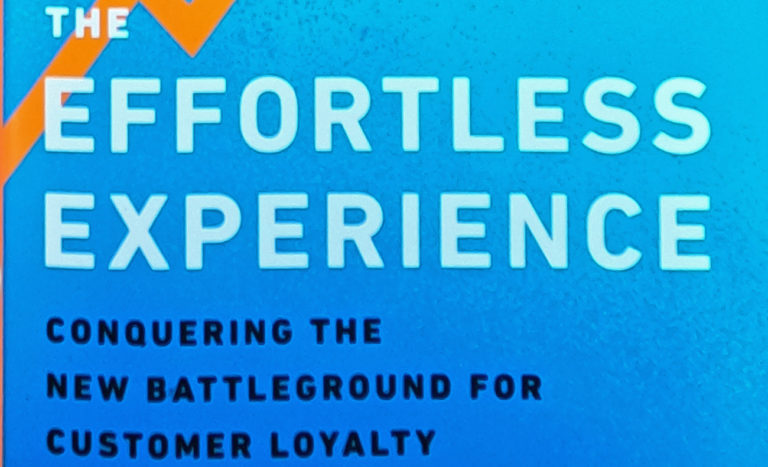Verbal Art As Performance Review
Verbal Art As Performance
by Richard Bauman
Verbal Art As Performance review and insight.

I have been wanting to read this book for years. When I first started reading it I thought the book was fairly difficult. So I put it aside for many months. After six months I did get around to picking it back up to finish. As is customary for me, after the first read I started rereading it for a second time.
Amazingly, the second time around the book seemed to be a very easy read. Why did I think it was so difficult the first time? I’m not really sure. However, I do have an idea why. I attribute the ease of reading it a second time due to the fact that many of the references made in the first half of the book are explained in the second half. I need to take note not to do this in my own writing.
The other reason it was much easier upon the second reading could be that I had time to digest much of the content from reading the first half. In fact I started using some of the ideas in the first half of the book upon the initial reading.
Another reason may be that I wasn’t in the proper frame of mind. Since this is a very different kind of book than what I was reading, it could be that I just wasn’t mentally prepared to read about this subject.
I’m not using my new chapter by chapter book review format with this post. One reason is that I really wasn’t planning on doing a review. When I finished reading this book after about six months from starting, I just wanted to finish the task. I picked the book back up as a project that needed to be completed, but instead, found it quite an enjoyable and easy read.
The book goes over the colloquial, ritual, and formal use of language in traditional cultures, mostly in Mexico, Central America, and the Caribbean. The approach is that of a holistic ethnographic study of folklore and how folklore, myth, and formal verbal presentations are intertwined in a cultural perspective.
Whenever I use the word ethnography I need to acknowledge that one of the best educated people I ever worked with would always tell me ethnography is not a word. It is interesting to note they were educated as an ethologist.
I most enjoyed talking with this particular ethologist about evolution and possible origins of different behaviors, both animal and human. In addition they had some insight on who in the world may be able to answer some very interesting questions I have about a rather unique behavioral phenomenon encountered based on one area of training I incorporate into my work.
I am not sure if their refusal to acknowledge ethnography was a rivalry of departments, or because these two different areas of study have very different world views and methodologies. That person never explained why it wasn‘t a word, but they were quite adamant about the fact that, as a word it did not exist and could not be used. Perhaps they are right, they are far better educated than am I.
The book Verbal Art As Performance is more a primer than an in depth read on the subjects covered. It does include attribution to the original papers and books its based upon. It also notes additional reference material that would add to one’s understanding of the subject matter.
While reading the book it occurred to me that I might find similar verbal patterns this book talks about in other books I’ve read or will read. I now plan to go back and reread a book or two from last year while referencing concepts from this book. I want to see if I can find, in contemporary business writing, some of the same patterns that the Verbal Art As Performance has called to my attention. It will also be interesting to see if referencing a new way of thinking about verbal behavior will add new insight into books read in the not too distant past.
As I was looking up notes on one of the books I was thinking of dissecting with this new information, I found I already started the process. At least I started cursory notes on the original notes for the other book. I look forward to reconsidering the information with some of the most interesting ideas found in Verbal Art As Performance as a whole, especially with the added insight from the second half of the book.
If I were to write my last book about lead generation and sales now, I would make it different due to the insight gained from the information in this book. I talk about some of the same ideas, but don’t use the same lexicon.
I don’t think this book has earth shattering insight, but it does get me thinking about linguistic problems a little differently. Most important is that it has given me new ideas to explore for a lifestyle skills training programs I’m working on.
Verbal Art As Performance is an enjoyable book to read. I have found that just a few days after completing the second read it’s providing delightful insight into the textual behavior of authors I have read in the past.
I’m posting this a few days after finishing the book. Since reading Verbal Art As Performance and writing this post I have embarked upon a reading and writing exercise to help build sensitivity to some of the ideas found within this book. Developing sensitivity exercises for verbal behavior has become a special interest of mine over the last nine months or so. As expected this book has given me new areas to explore and investigate.
My thinking and orientation tends to be influenced by the current book I’m reading. Some of the information makes its way into my long term semantic memory. If I’m creative and diligent I can sometimes incorporate new ideas into behavior that is added into my procedural memory. This book is no different. Only time will tell how influential the information I gleaned from these pages will be.
When I used to travel abroad for a month every year there was always a theme of thought I pondered based on a book and problem I was working on at the time.
While I no longer travel, I still invest more than average effort and time working new ideas into my thought process.
When I look at all the areas I’m interested in, I’m struck with the realization that there is too much to learn. Each of us can only know a small amount of the vast knowledge base that is now available to everyone. As knowledge evolves with new research our map of how the world works needs to change as well.







